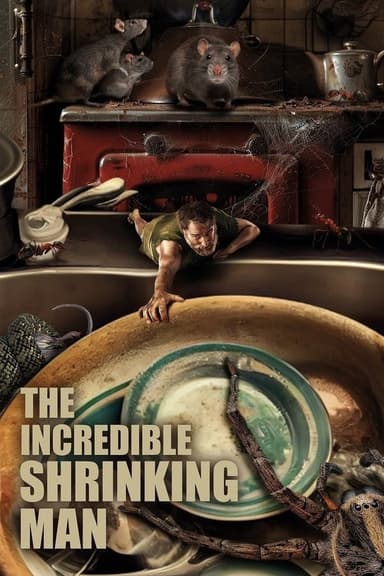
Somewhere in Time
1980 • Drama, Fantasy, Romance • PG
Young writer Richard Collier is met on the opening night of his first play by an old lady who begs him to "Come back to me". Mystified, he tries to find out about her, and learns that she is a famous stage actress from the early twentieth century. Becoming more and more obsessed with her, by self-hypnosis he manages to travel back in time—where he meets her.
Runtime: 1h 43m
Why you should read the novel
Reading Bid Time Return by Richard Matheson offers a deeply immersive exploration of love, time, and obsession that far surpasses what any adaptation can convey visually. Through Matheson's evocative prose and first-person narrative, readers can intimately experience Richard Collier's inner turmoil and heartrending longing. The written form allows for a nuanced understanding of his motivations, fears, and the psychological toll of his time-traveling quest.
Unlike the movie, the novel provides greater context and detail for each character’s emotions and backgrounds. You’ll feel the mesmerizing power of Elise McKenna’s image, witness the gradual unraveling of Richard’s plan, and internalize the haunting sense of fate and inevitability. Matheson’s careful pacing and meticulous descriptions lend a lyrical, haunting quality that demands the reader’s full imagination and engagement.
Diving into the source novel is an invitation to lose yourself in a masterful blend of speculative fiction and romance. You are not just watching events unfold; you are living Richard’s journey, joined by his hope, reverie, and ultimate heartbreak in a way that makes the story timeless and unforgettable.
Adaptation differences
One primary difference between Bid Time Return and Somewhere in Time is the narrative perspective. The novel is told through Richard Collier’s first-person journal entries, offering direct access to his thoughts, motivations, and emotional struggles. The film, by necessity of the visual medium, conveys Richard’s inner world more externally, leaning on dialogue, action, and music, thus losing some of the introspection and psychological nuance found in the book.
The mechanism of time travel is portrayed differently as well. In the novel, Richard’s journey back in time is highly introspective and focused on intense self-hypnosis and mental suggestion, with a deeper ambiguity about whether he truly travels to the past or experiences a vivid psychological event. The movie simplifies this, presenting time travel in a more literal and romanticized manner, making it feel more like an accomplished feat than an internal struggle.
Characterization and supporting roles also diverge between the works. Elise McKenna’s character in the novel is more mysterious and complex, and her relationship with Richard is colored by layers of historical context and social norms that the movie condenses for narrative efficiency. The novel also delves more into Richard’s terminal illness, his motivations for seeking meaning at the end of his life, and his grappling with mortality—elements that the movie touches on only briefly or chooses to downplay.
Finally, the tone and ending of the story vary subtly. Matheson infuses the novel with a sense of inevitable tragedy and existential questioning, leaving certain aspects more open to interpretation. The film, by contrast, leans into melodrama and visual sentiment, especially in its final moments, seeking emotional closure for the audience. This changes the impact and aftertaste for the reader or viewer, leading to two distinct experiences of the same haunting love story.
Somewhere in Time inspired from
Bid Time Return
by Richard Matheson















